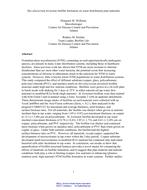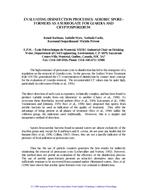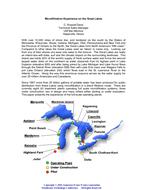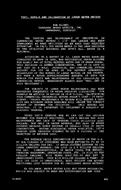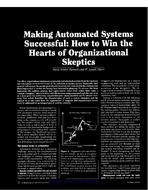Provide PDF Format
AWWA WQTC62573
- Mycobacterium fortuitum Biofilm Formation On Water Distribution Pipe Materials
- Conference Proceeding by American Water Works Association, 11/01/2005
- Publisher: AWWA
$12.00$24.00
This study compared the effect of different substrata (copper, glass, polycarbonate,polyvinyl chloride (PVC), and stainless steel) on Mycobacterium fortuitum biofilmstructure under high and low nutrient conditions. Biofilms were grown in a 24-well platein batch mode with shaking for 3 days at 35ºC in either autoclaved tap water (lownutrient) or modified R2A broth (high nutrient). M. fortuitum biofilms were then stainedwith Sybr Green I and examined using a Zeiss Axioplan 2 with an apatome attachment.Three-dimensional image stacks of biofilms on each material were collected with anAxioCamHRm and the AxioVision software (Zeiss, v. 4.2 ), then analyzed in theprogram COMSTAT for maximum and average thickness, total biomass, andsurface:biomass ratio. For all materials, the biofilm was thicker when grown in nutrientmedium than in tap water, ranging from 1.69 (¿¿¿¿ 0.85) µm maximum thickness on copperto 15.3 (¿¿¿¿ 5.80) µm on polycarbonate. M. fortuitum biofilm developed in tap waterreached a maximum thickness of 0.78 (¿¿¿¿ 0.43), 3.85 (¿¿¿¿ 1.73), and 4.61 (¿¿¿¿ 2.49) µm oncopper, polycarbonate, and PVC respectively. The biofilm was thicker and containedmore biomass when grown on stainless steel, polycarbonate or PVC than when grown oncopper or glass. Under both nutrient conditions, the biofilm had the highestsurface:biomass ratio on PVC. However, all materials, except copper, supported thedevelopment of microcolonies in tap water within the 3-day period. Copper substratedeveloped small microcolonies in modified R2A medium but contained only individualbacterial cells after incubation in tap water. In conclusion, our results show thatquantification of biofilm structural features provides a novel means for comparing theeffects of materials on biofilm formation, and suggest that pipe material and nutrientconditions both play a role in limiting (copper, low nutrient) or enhancing (plastics,stainless steel, high nutrient) NTM biofilm formation in water systems. Further studiesshould be conducted to determine the survival and activity of M. fortuitum and otherNTM in mixed community water distribution system biofilm models. Includes 18 references, table, figures.
Related Products
AWWA QTC98318
Evaluating Disinfection Processes: Aerobic Spore-Formers as a Surrogate for Giardia and Cryptospori..
$12.00 $24.00
AWWA JAW31489
Journal AWWA - Making Automated Systems Successful: How to Win the Hearts of Organizational Skeptics..
$15.00 $30.00

